On this occasion it was my friend Josep who lent me his camera that had already been abandoned in a closet for more than twenty years. The first surprise in my hands was to discover a Polaroid film already shot that remained in the style of Egyptian mummies, quietly in its sarcophagus: the Canon EF camera. The film was certainly out of date, but curiosity made me take it to FotoJoma (fo******@*****il.es) for its development, the bad news was that the images had disappeared, Joma didn’t charge me for the development but I took the negatives home anyway.
Examining the film closely, I saw something in a frame and decided to scan it with my Sony A37. After some intensive editing, the photo below came out. I couldn’t edit any more of the frames, I didn’t even discover what they were.
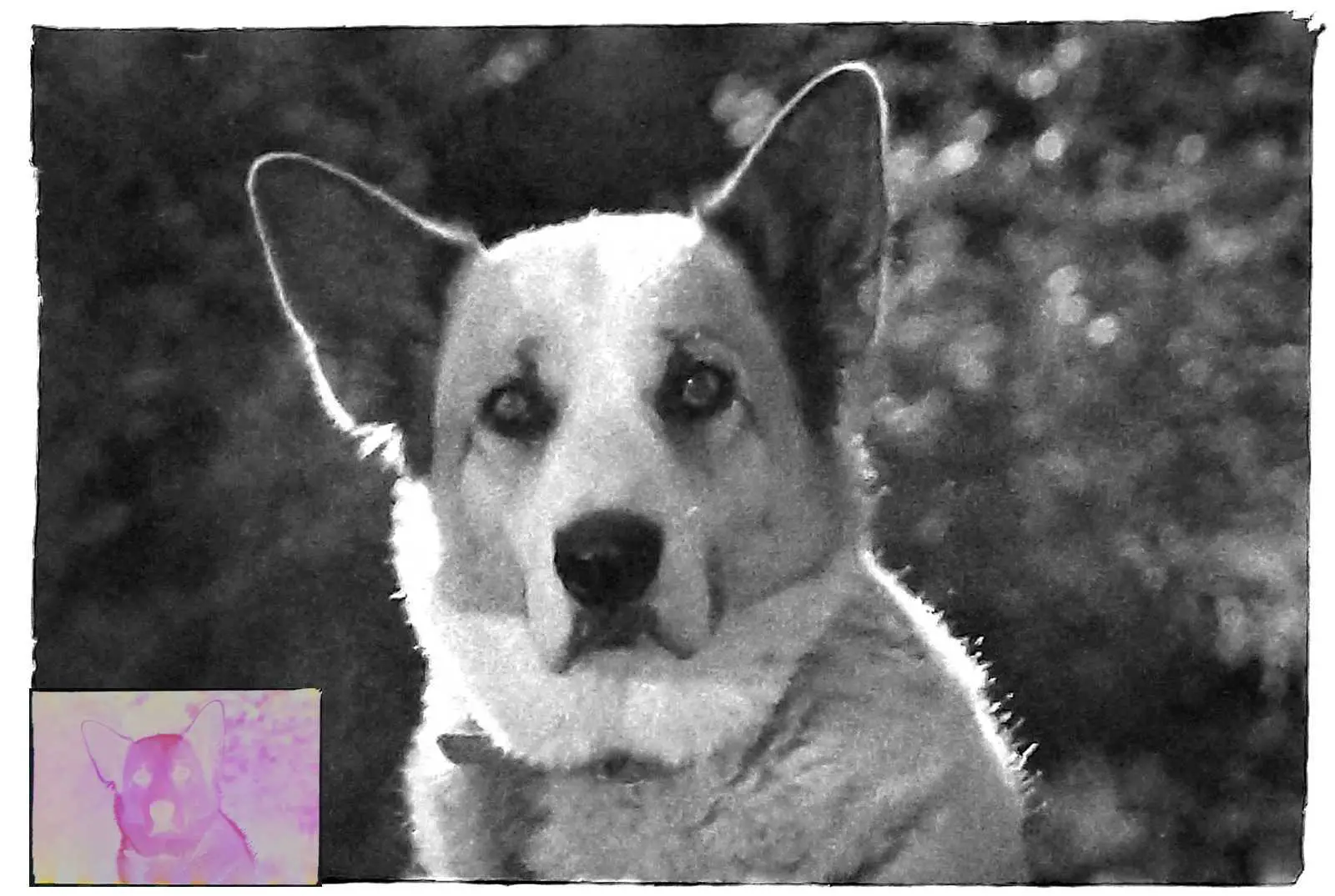
I sent the photo to Josep but he told me that it was not his and that his son Albert probably used the camera and then forgot the film. Well, at least I solved (or not) the enigma.
I bought the batteries for the camera and tested it thoroughly without a film, the photometer worked and the shutter mechanism as well, although I observed certain anomalies with it jamming)at speeds lower than 1 sec, perhaps due to the hardening of the lubricants. I can also say that it was in a very good condition, it included a Canon carry bag, a Vivitar MC 2x converter for telephoto lens and a National flash from the 70s.
Finally I loaded a roll of Kodak Gold 200 and went with my wife to the Montjuic castle in Barcelona where I took several photos enjoying a splendid day. The place was a military garrison and later it was managed by the Barcelona City Council, which softened it but there are still reminders of its previous use. From the castle the views of the city and the harbor are exceptional.
The handling of the Canon EF is very comfortable although it is quite heavy, the viewfinder is magnificent – it’s very large and clear. I didn’t want to complicate my life, so I shot all the photos in shutter priority using the Canon FD 50 1: 1.4 lens. Only in two shots I used the auto exposure lock button that retains the meter reading when changing the frame.
I admit that two photos were out of focus and two others had inadequate exposure, I have deleted them as they were my mistakes, not the camera’s
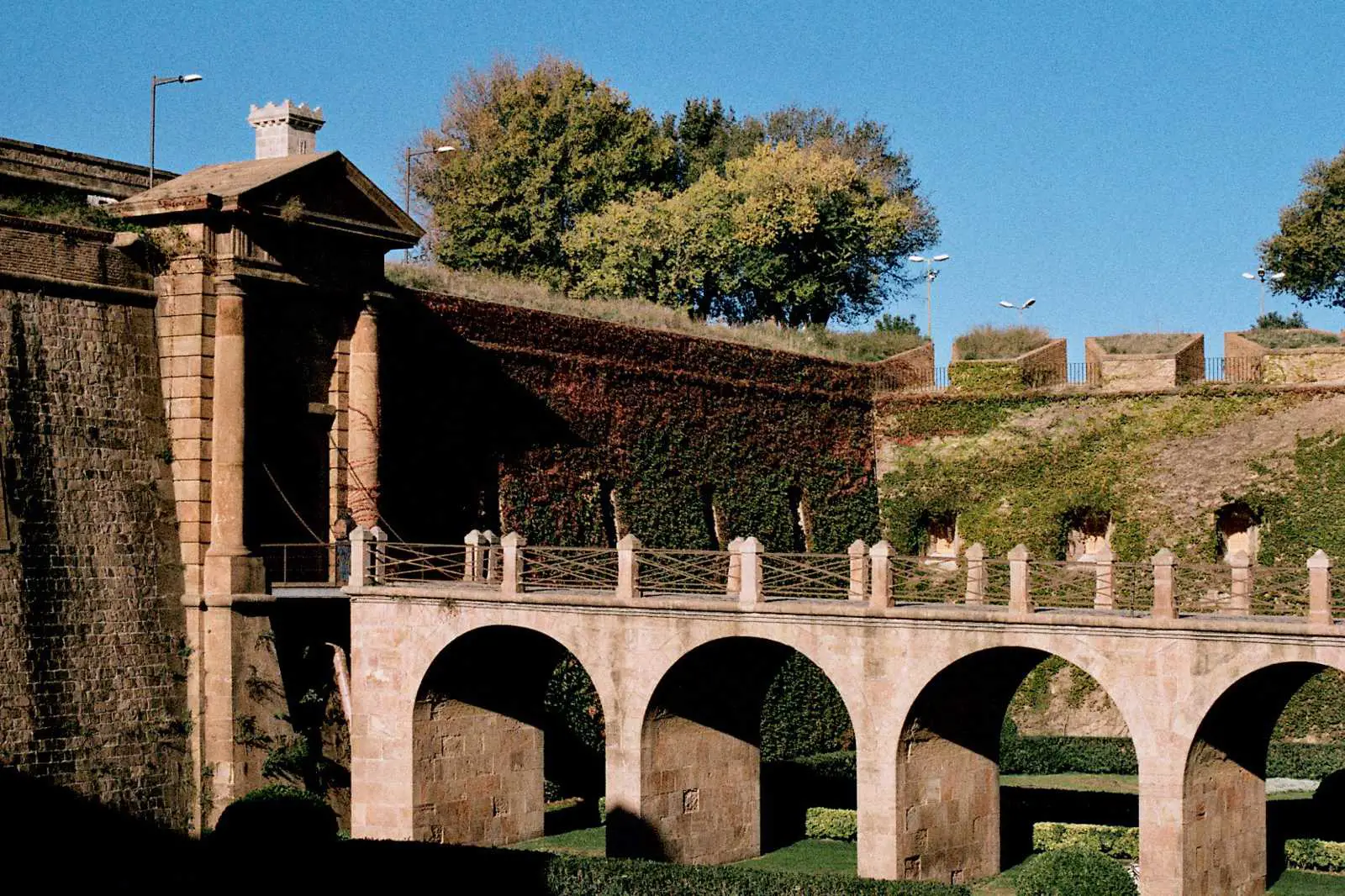
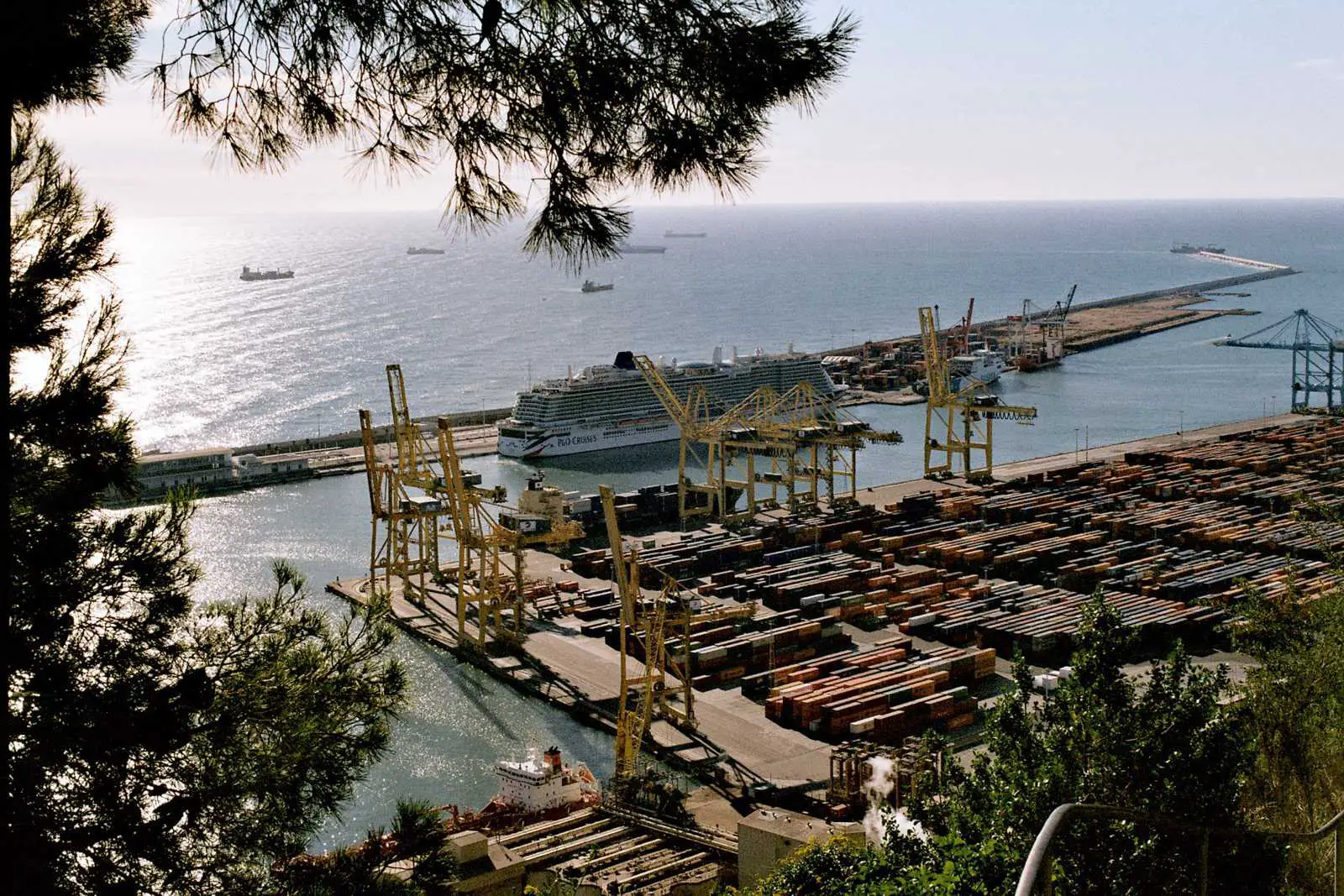
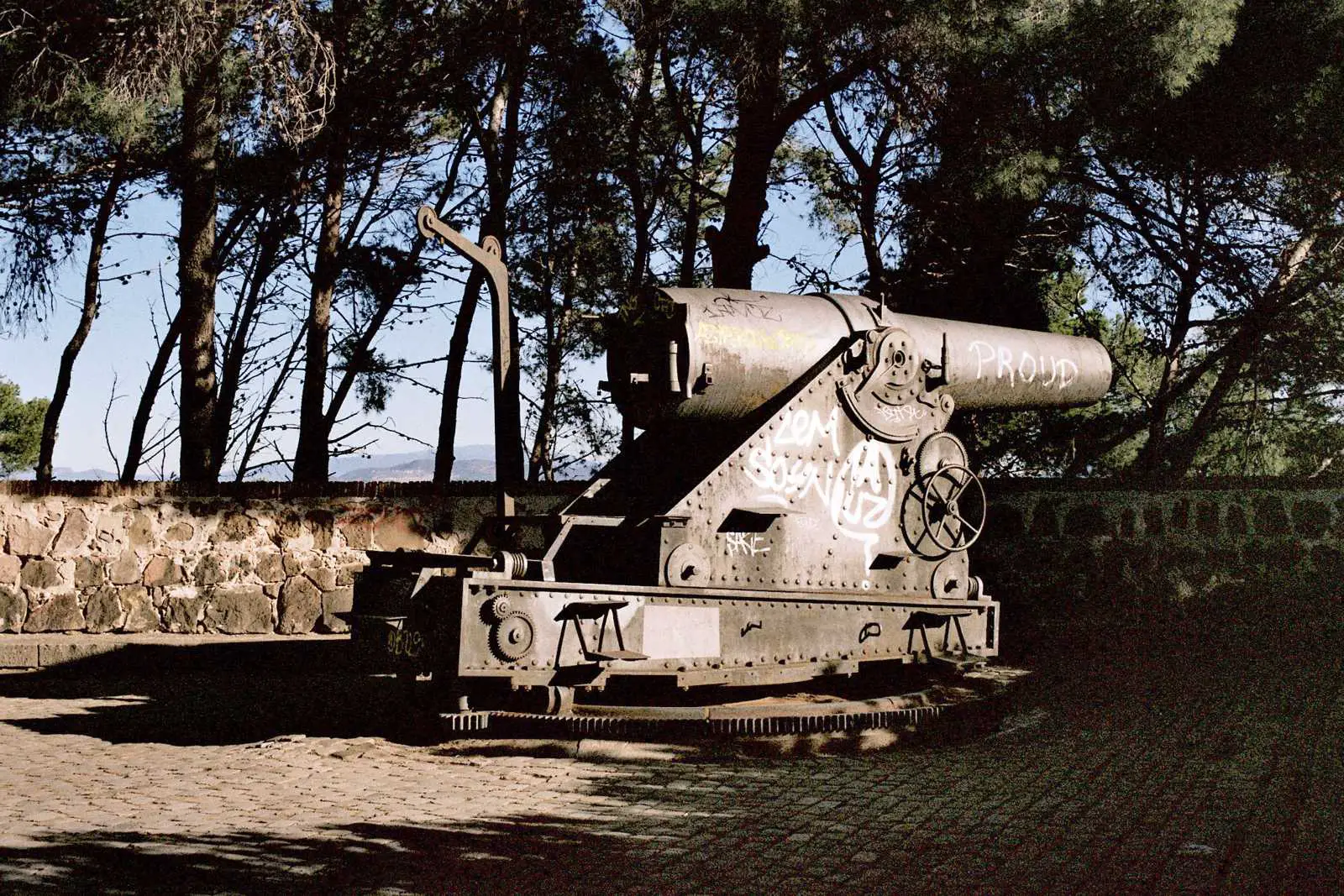
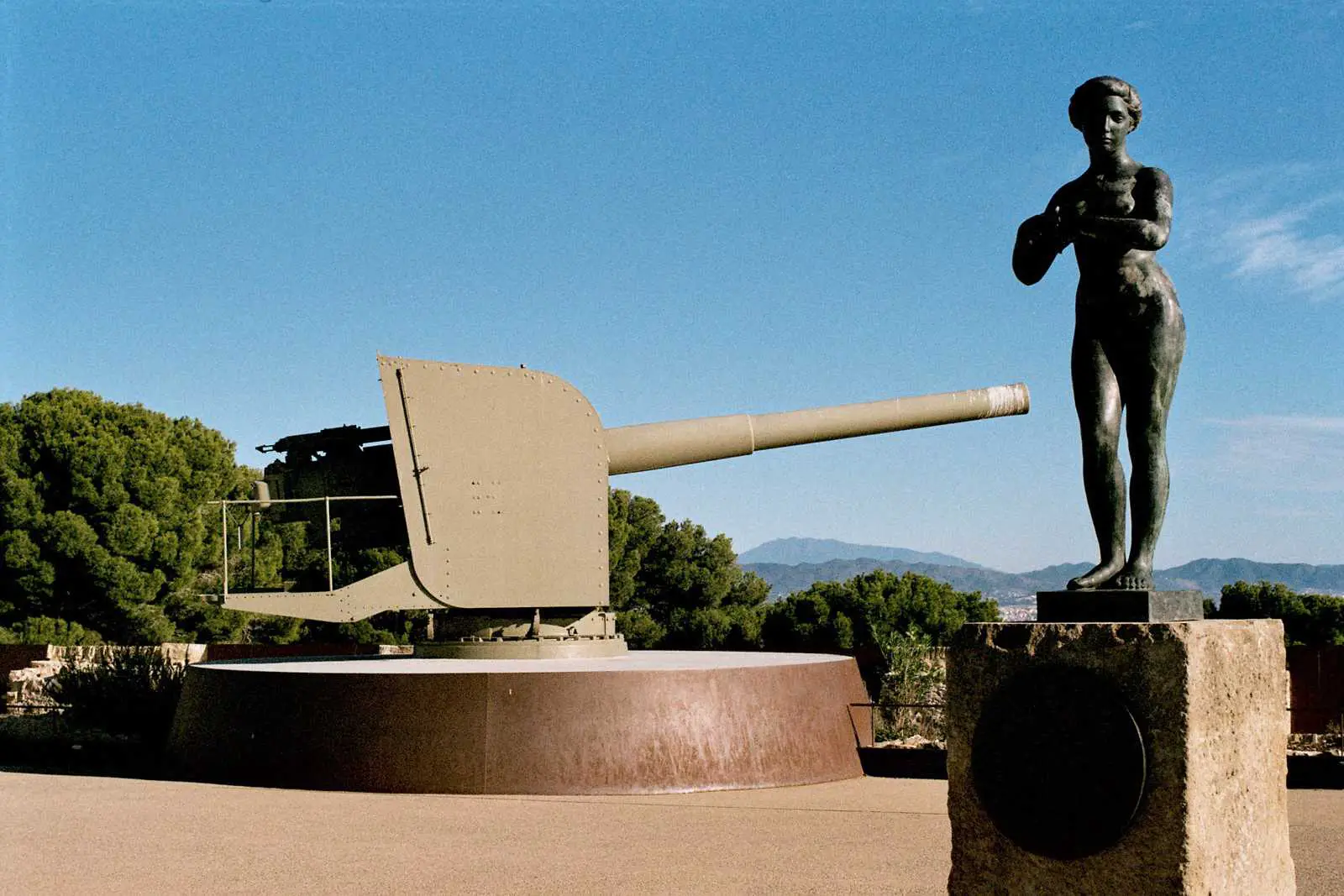
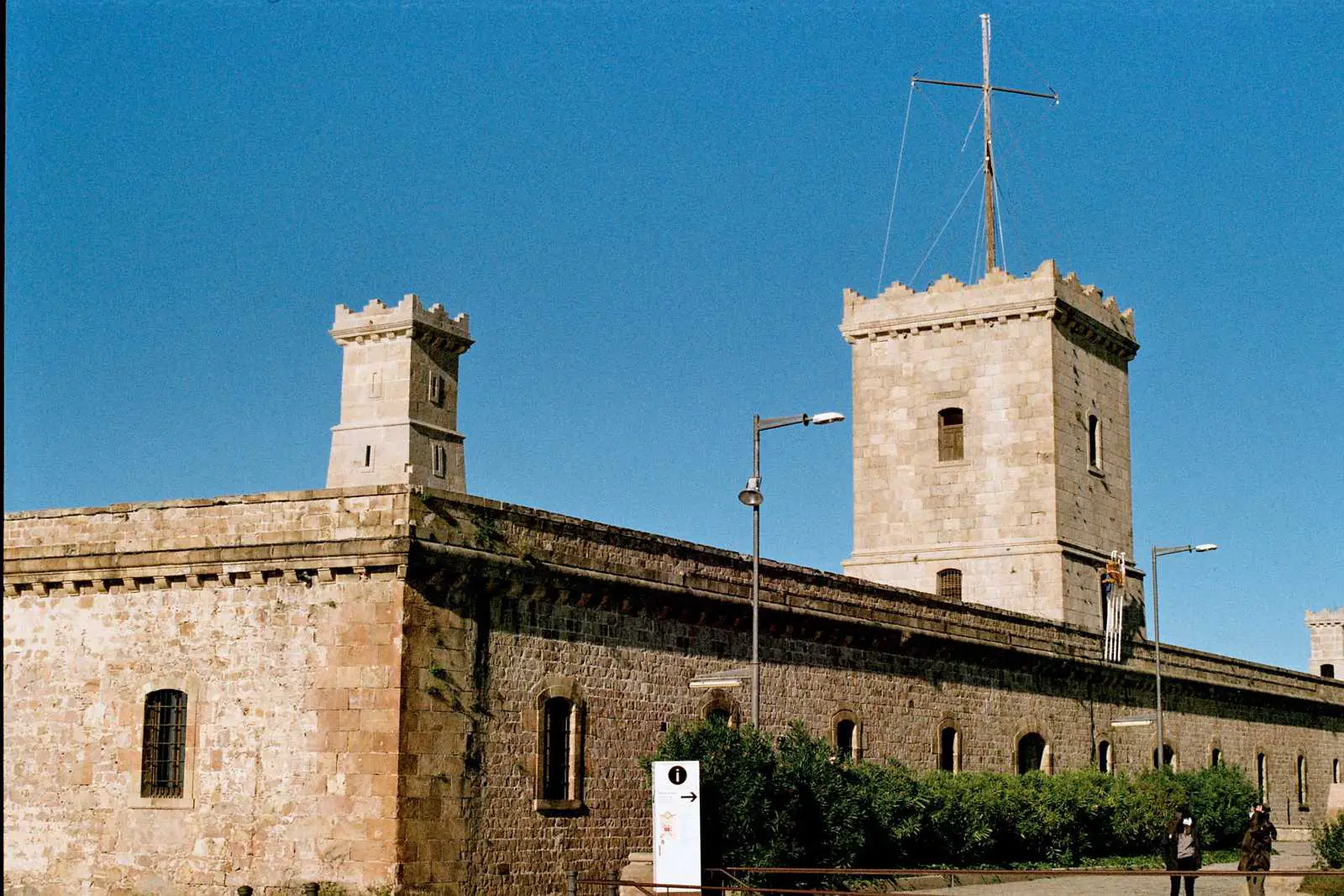
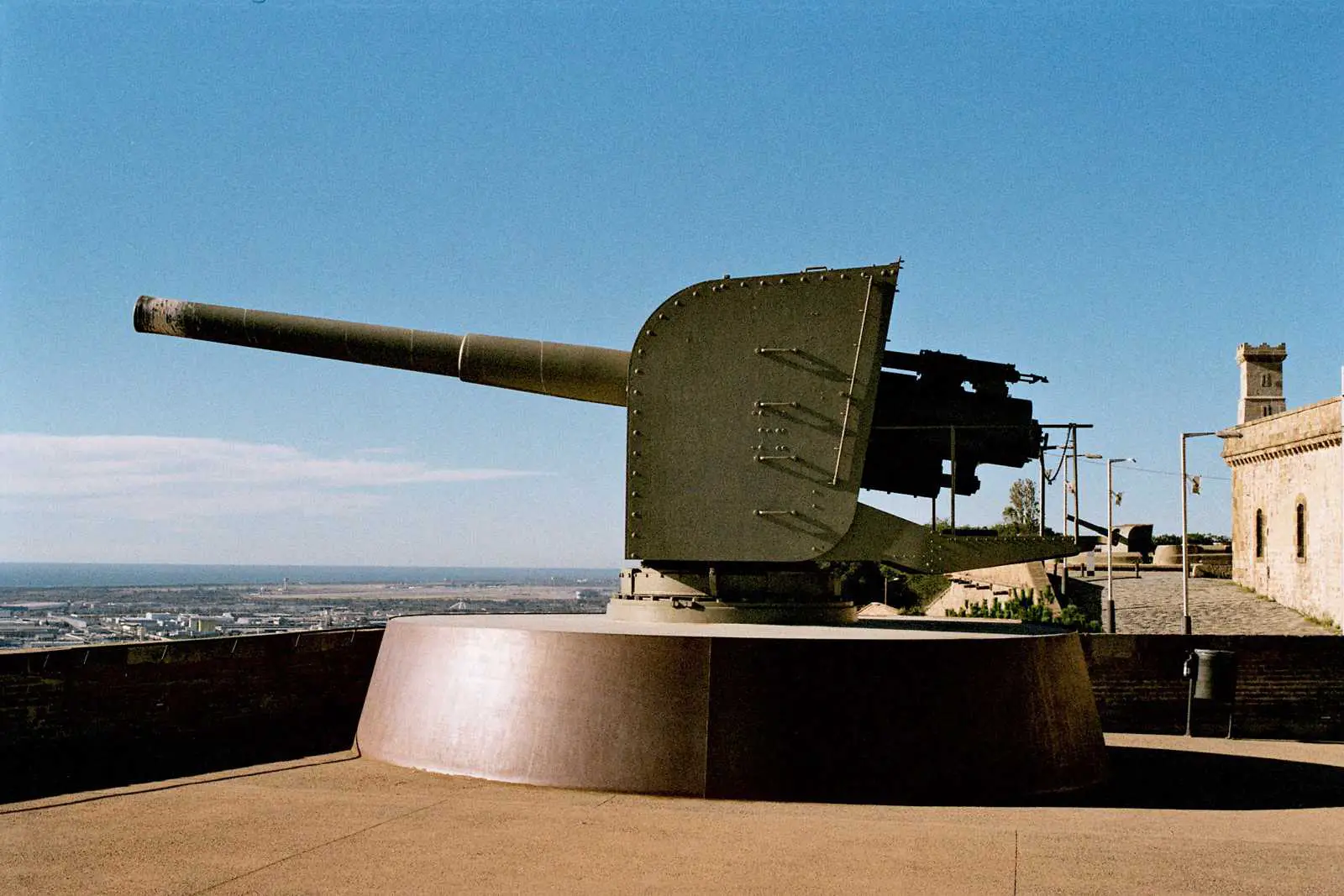
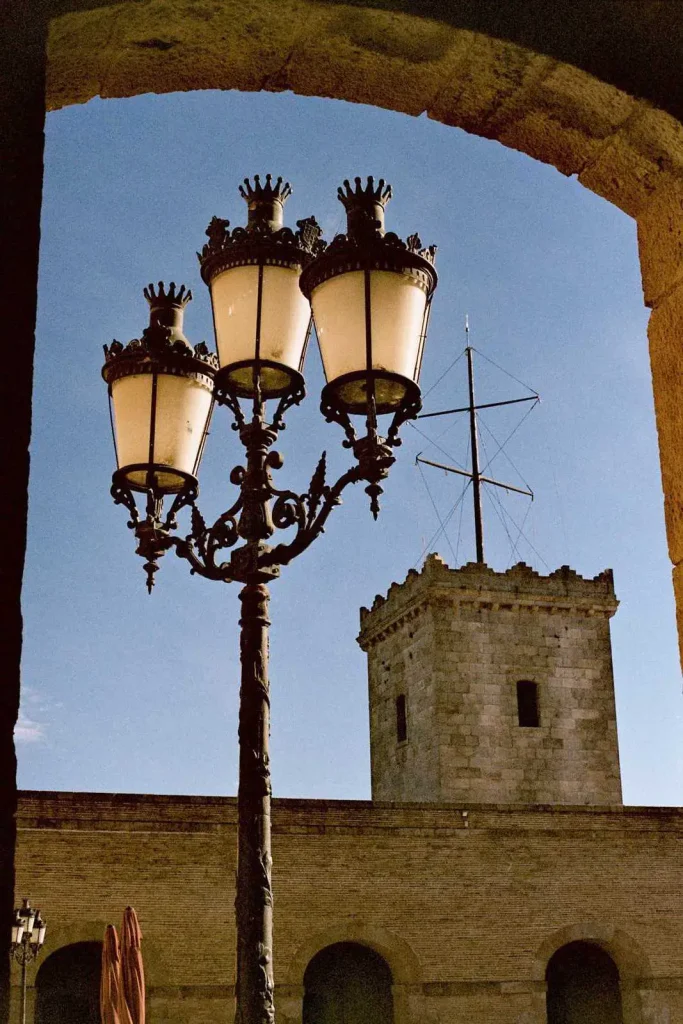
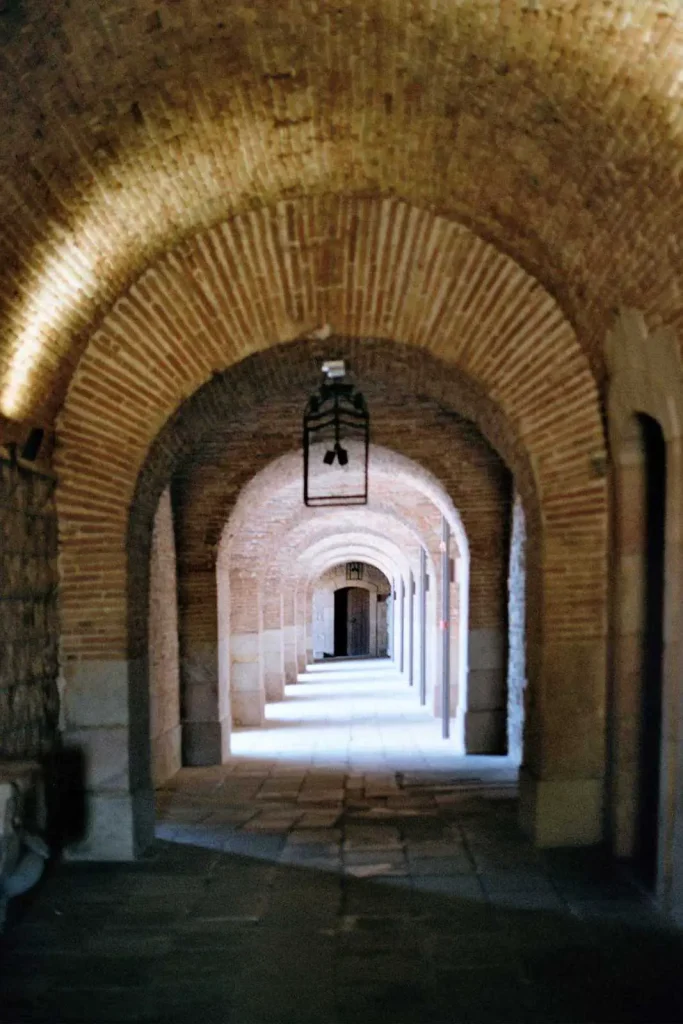
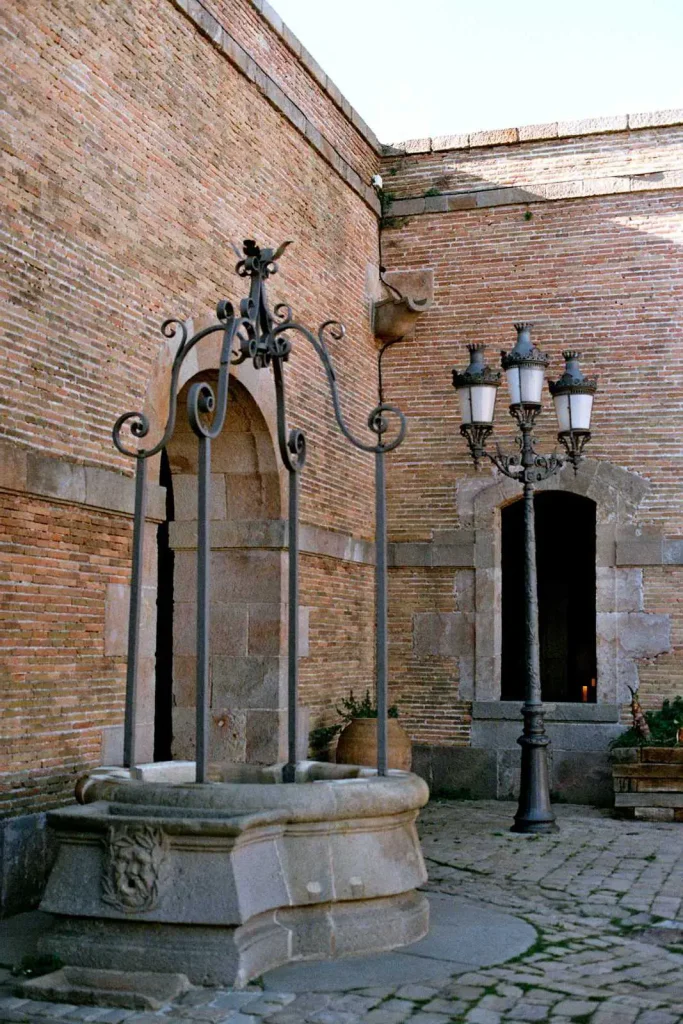
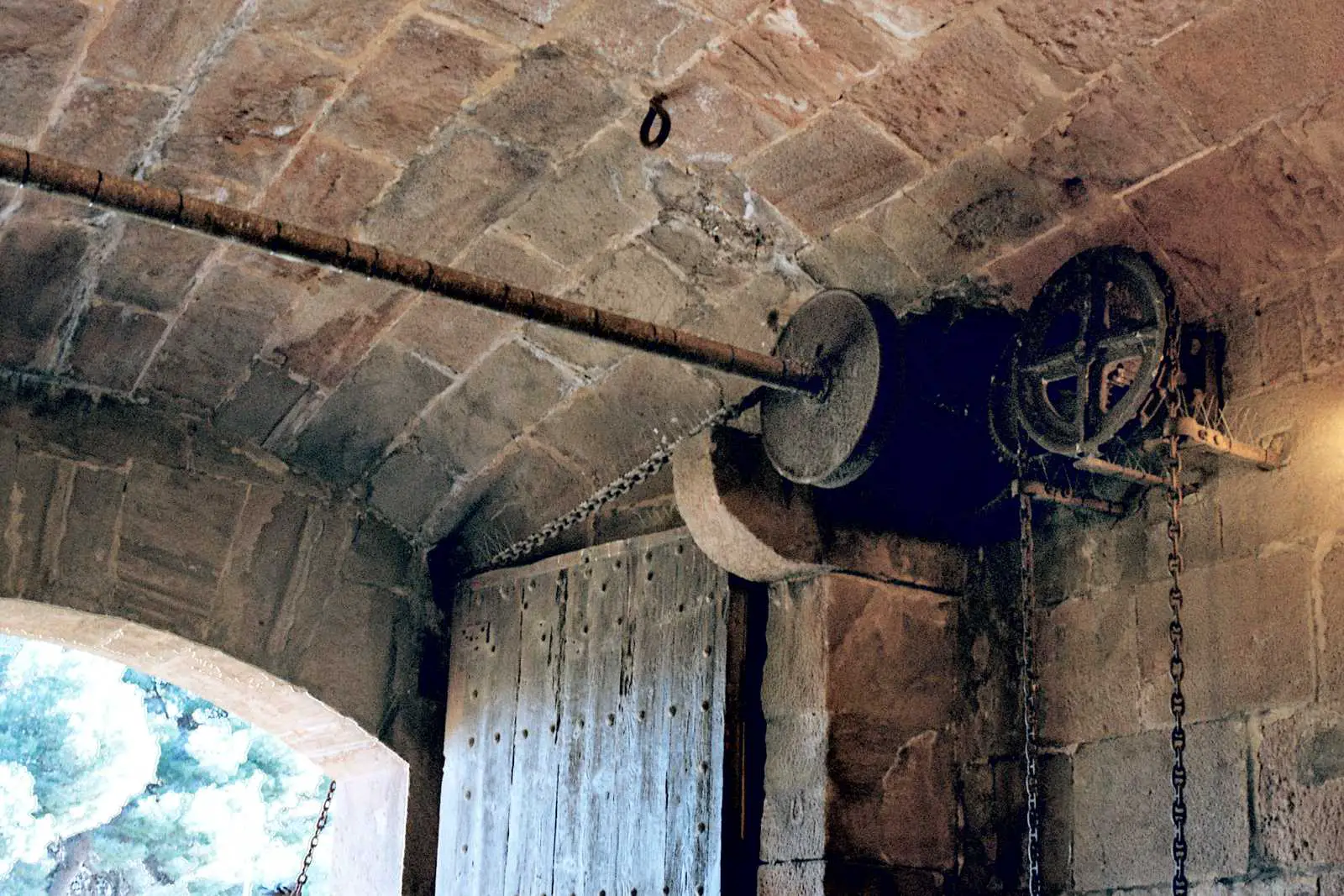
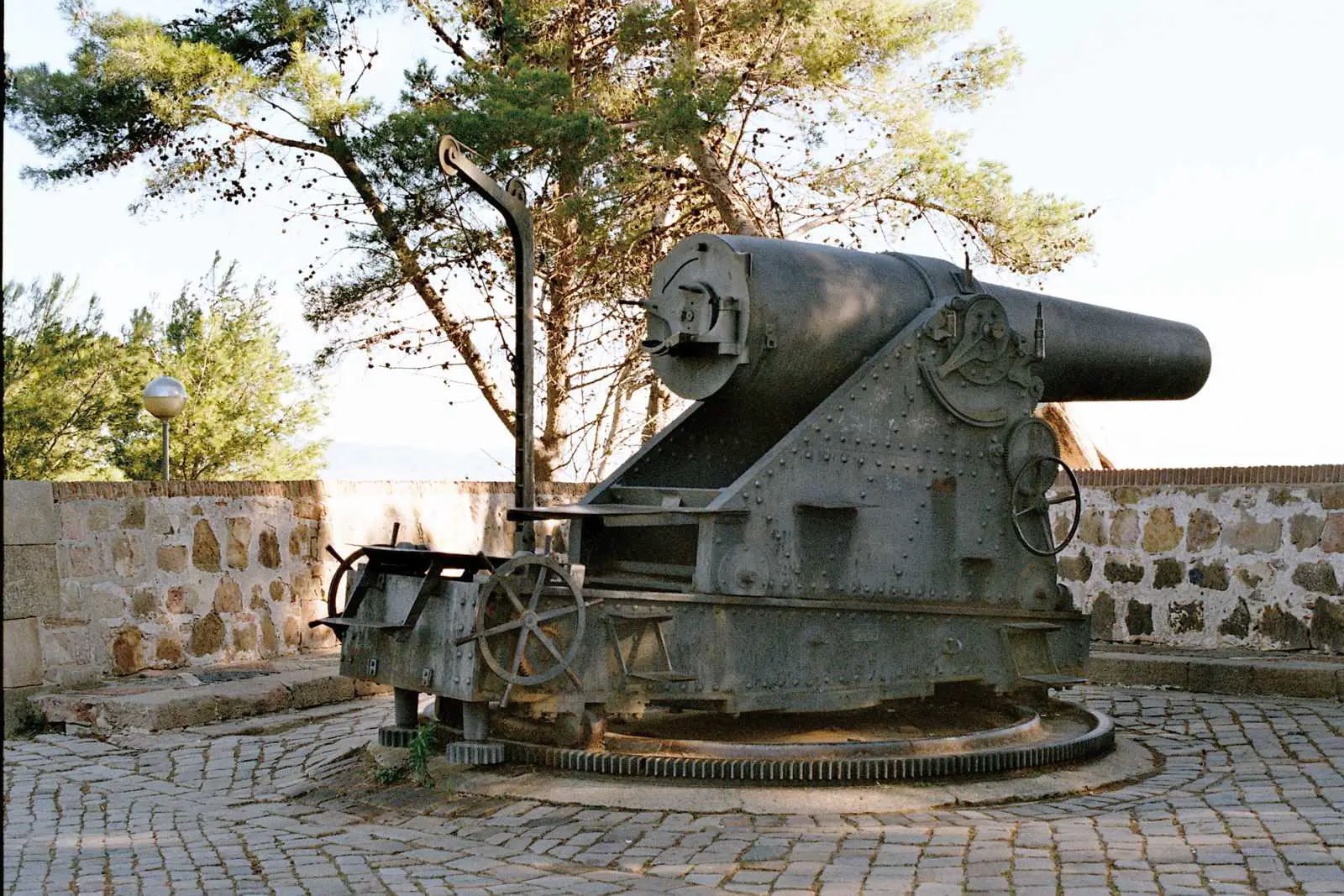
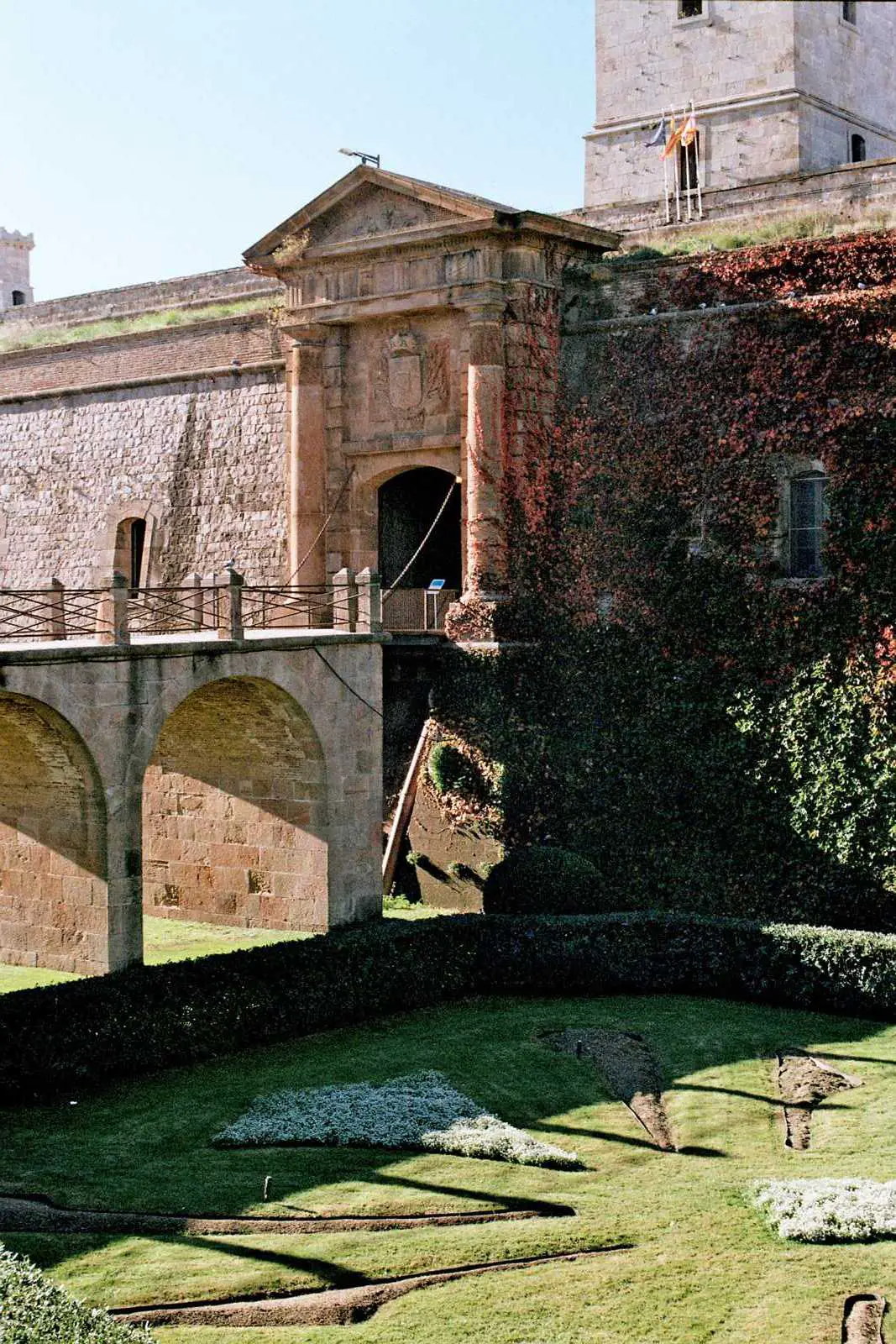
As you can see the results are good. There is perhaps an excess of contrast and the color somewhat pasty – but rather than this being caused by the camera I think it is the type of film. Either way, I am satisfied with the results.
Once again I have embarked on an adventure with a previously unknown to me camera and I have achieved some result. As a simple amateur I enjoy creating these articles and I hope you like them too.
Thanks for reading.
Share this post:
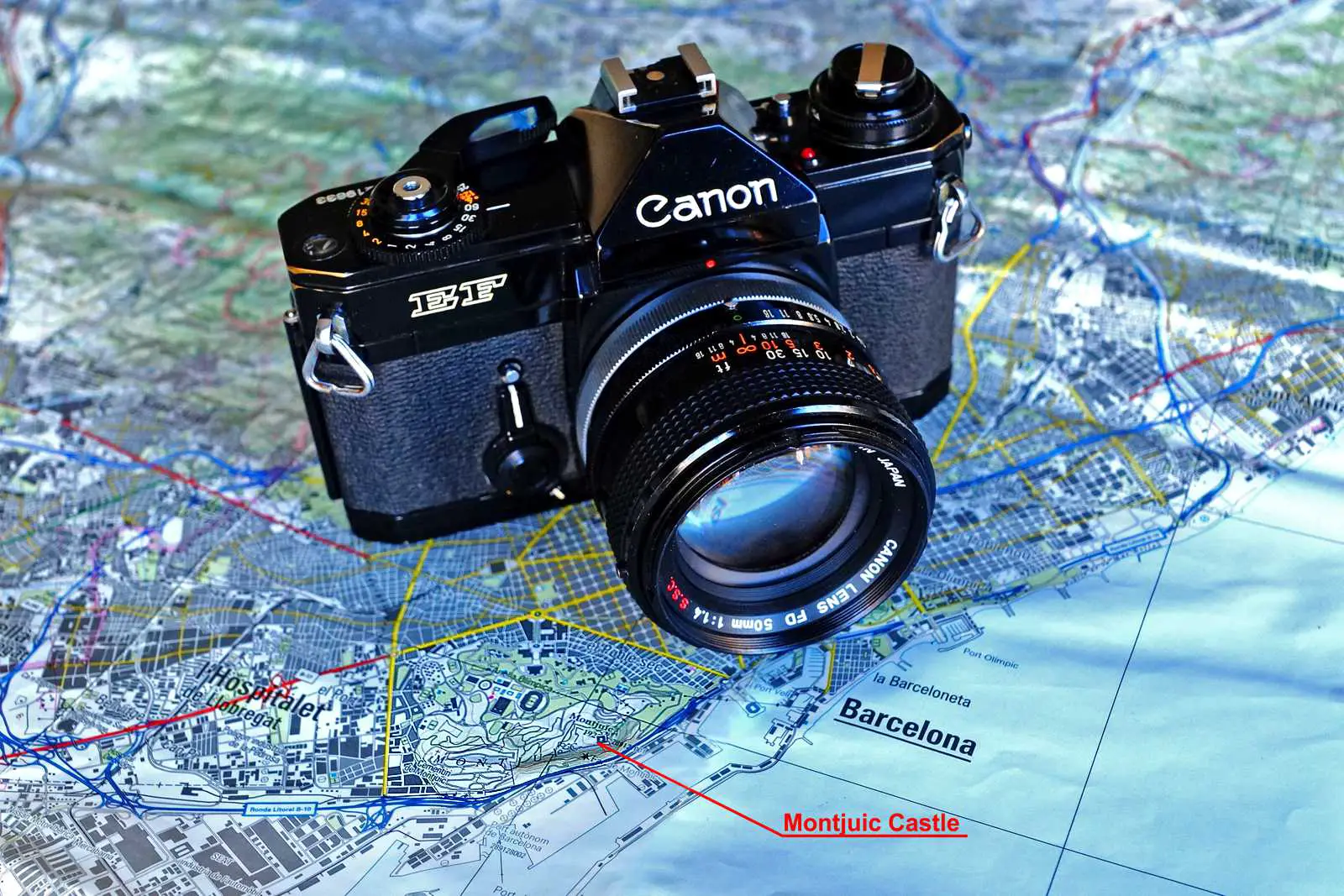








Comments
Merlin Marquardt on Canon EF – Shooting in a Castle – By Jordi Fradera
Comment posted: 22/01/2022
David Morgans on Canon EF – Shooting in a Castle – By Jordi Fradera
Comment posted: 22/01/2022
Comment posted: 22/01/2022
Fred Nelson on Canon EF – Shooting in a Castle – By Jordi Fradera
Comment posted: 22/01/2022
Harry Machold on Canon EF – Shooting in a Castle – By Jordi Fradera
Comment posted: 22/01/2022
I have one as well and enjoy using it despite of its weight; it is a beast of steel.
The 1,4 lens is in my eyes one of the best performers from the time being.
I like it more than let´s say his Nikon competitor.
To me, the colours and contrast are perfect and reflect so nicely a summer day in your beautiful city.
I hope to see more form you in the future.
Best regards
Harry Machold from Baden, Austria